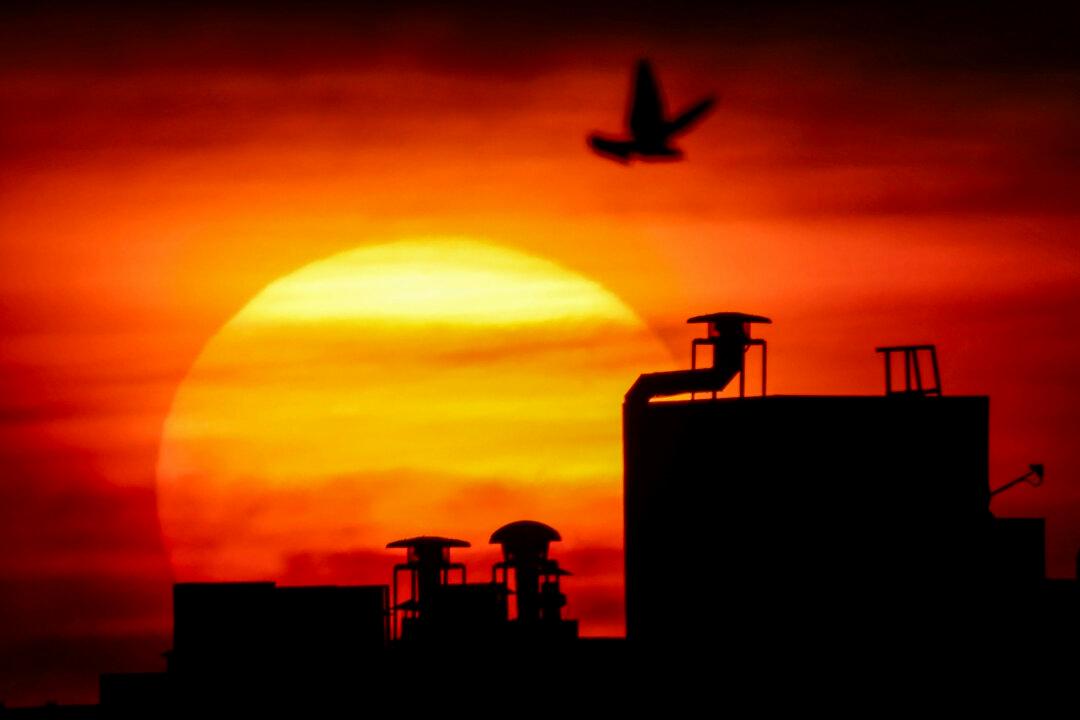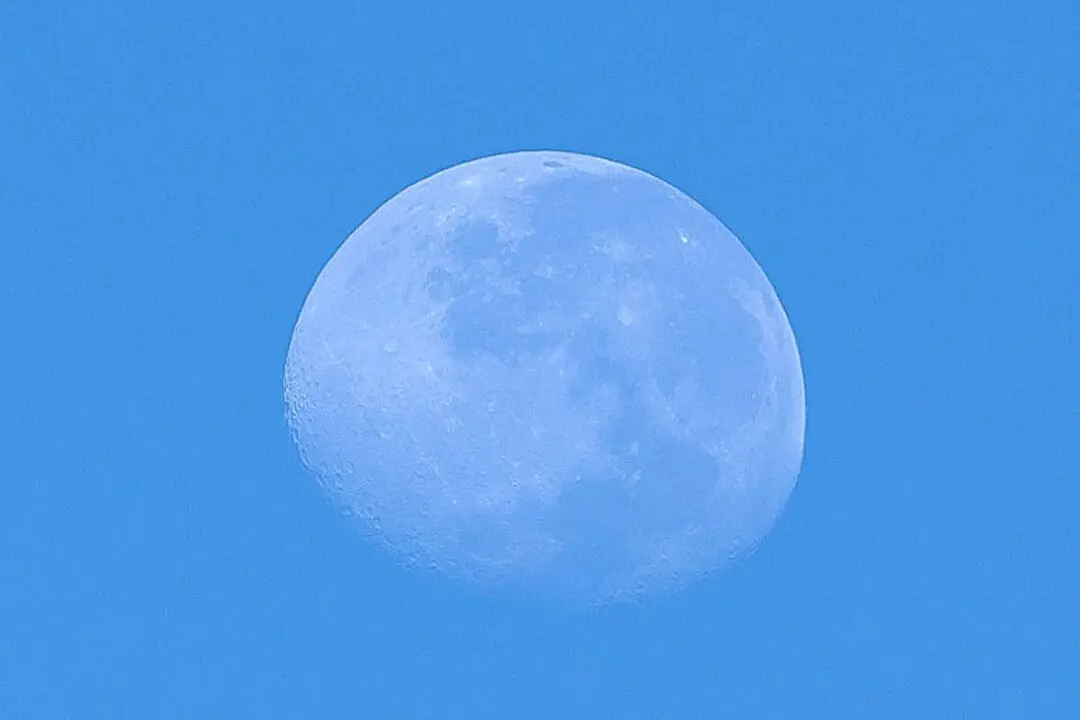Commentary
A dangerous May 26 close-in harassing maneuver by a Chinese jet fighter against an Australian patrol aircraft operating near the Paracel Islands in the South China Sea reminds us that the Chinese Communist Party (CCP) and its People’s Liberation Army (PLA) are prone to calculated endangerment in their pursuit of military coercion.





